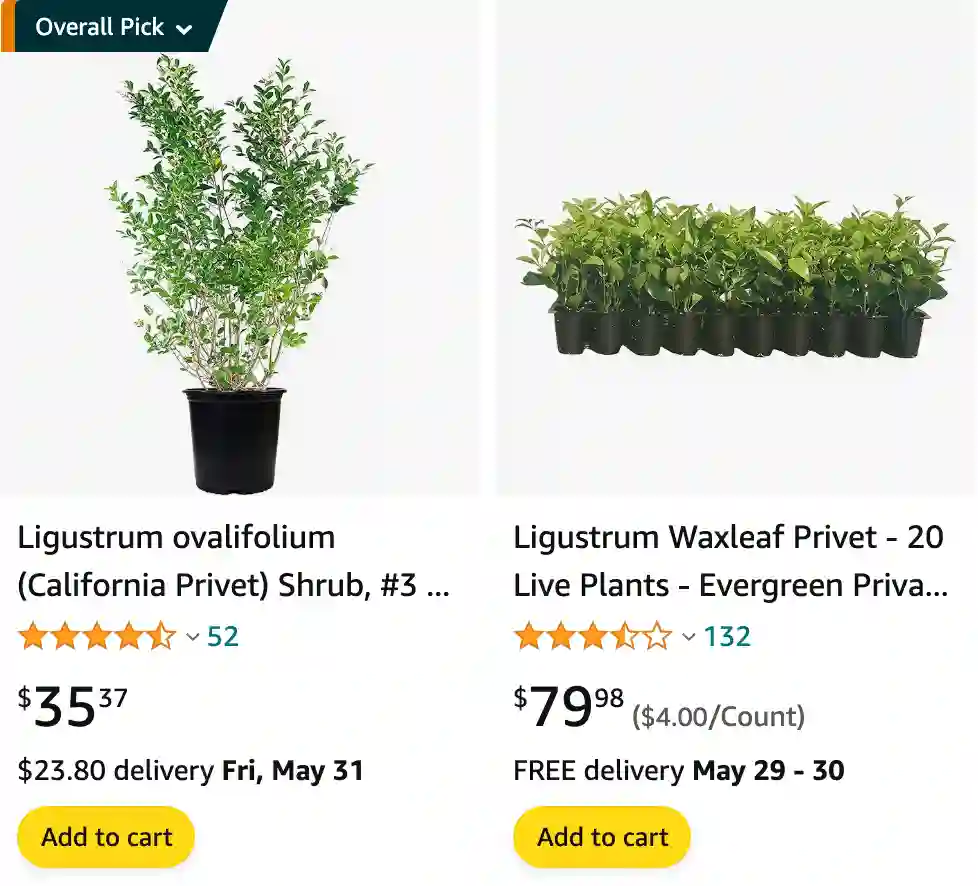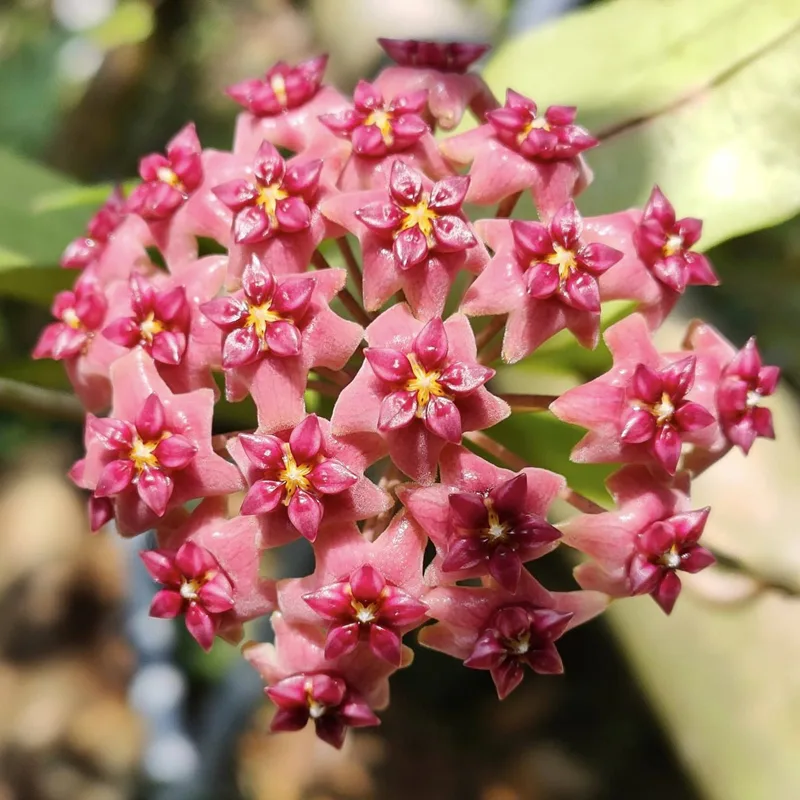
Ligustrum Ovalifolium vs Vulgare
In my experience, Ligustrum Ovalifolium has proven to be a more robust choice for hedging, thriving even in less-than-ideal soil conditions, while Vulgare, although a bit less tolerant, offers a slightly more refined appearance with its smaller, denser leaves.
Is Ligustrum ovalifolium evergreen?
Ligustrum ovalifolium, which is also known as the Japanese privet, is actually evergreen. From my experience, its dense, glossy green leaves stay vibrant throughout the year, which makes it a great choice for hedges. I’ve noticed that it provides consistent coverage and privacy, regardless of the season, and I love how it keeps my garden looking lush even in winter.
46 Species in Genus Ligustrum – Privet
How to plant Ligustrum ovalifolium?
Here’s a guide on how to plant Ligustrum ovalifolium:
Planting Time:
- The ideal planting time depends on your climate:
- Temperate Climates: Fall (October) is generally recommended when the weather is cooler and rainfall is more frequent, aiding root establishment. Spring is also acceptable.
- Warmer Climates: Early spring can be a good option to avoid the hottest summer months.
Location:
- Sunlight: Ligustrum ovalifolium prefers full sun to partial shade. At least 6 hours of direct sunlight daily is ideal.
- Soil: Adapts to a wide range of soil types but prefers well-drained soil. If your soil is heavy clay, amend it with compost or other organic matter to improve drainage.
Planting Steps:
- Digging the Hole: Dig a trench for a hedge or individual holes for spaced plants. The trench or hole should be at least 2-3 times wider than the root ball of your Ligustrum and just as deep.
- Amending the Soil (Optional): If necessary, mix some compost or organic matter with the excavated soil to improve drainage and fertility.
- Planting: Carefully remove the Ligustrum from its pot (if container-grown) and gently loosen any pot-bound roots. Place the plant(s) in the hole, ensuring the root crown (the area where the stem meets the roots) sits slightly above the surrounding soil level.
- Backfilling and Watering: Backfill the trench or hole with the amended soil mix, tamping it down gently to remove air pockets. Water thoroughly to settle the soil around the roots.
Aftercare:
- Watering: Water regularly, especially during the first growing season, to keep the soil evenly moist but not soggy. Watering frequency will decrease as the plant matures.
- Mulching: Apply a layer of mulch (2-3 inches thick) around the base of the plant(s) to retain moisture, regulate soil temperature, and suppress weeds. Keep mulch a few inches away from the stems to prevent rot.
- Fertilizing: You can fertilize your Ligustrum once a year in early spring with a balanced fertilizer. Avoid over-fertilizing.
- Pruning: Ligustrum ovalifolium tolerates pruning well. You can prune for shaping, size control, or to encourage denser growth. Prune in late winter or early spring before new growth appears.
Additional Tips:
- Spacing:
- For a hedge: Plant privets 2-3 feet apart for a dense hedge. You can plant in a staggered double row for an even thicker hedge.
- For individual plants: Space them 6-8 feet apart depending on the mature size of the variety you choose.
- Root Barrier: Consider planting a root barrier around the planting area if you’re concerned about the roots spreading into unwanted areas.
Is Ligustrum ovalifolium poisonous?
I’ve always been careful about plants that could be toxic, and Ligustrum ovalifolium is indeed one of those. I learned that its berries, leaves, and flowers contain substances that can be harmful if ingested by pets or humans. Knowing this, I make sure to keep an eye on my pets and educate any visiting friends or family about the potential risks, especially if they have children or pets of their own.
When to plant Ligustrum ovalifolium?
In terms of timing, I’ve had the best success planting Ligustrum ovalifolium either in early spring or early fall. These seasons provide milder temperatures and more consistent rainfall, which helps the plants establish their root systems. Planting during these times has always resulted in stronger, more resilient shrubs in my garden.
When to prune Ligustrum ovalifolium?
Pruning Ligustrum ovalifolium is something I typically do in late winter or early spring, just before the new growth starts. I’ve found that this timing helps encourage a fuller shape and promotes healthier growth. I usually use sharp pruning shears to trim back any overgrown branches and shape the hedge as needed, which keeps it looking tidy and well-maintained throughout the year.
If i die, water my plants!



